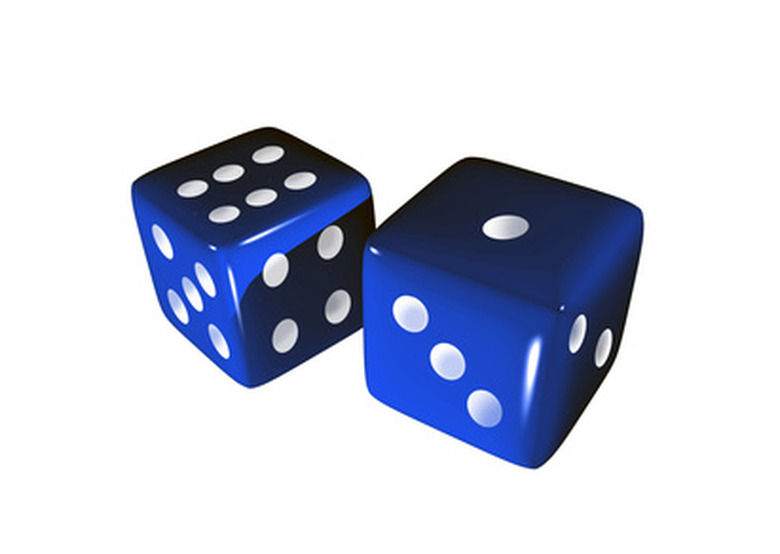How To Calculate Statistical Difference
Statistical difference refers to significant differences between groups of objects or people. Scientists calculate this difference in order to determine whether the data from an experiment is reliable before drawing conclusions and publishing results.When studying the relationship between two variables, scientists use the chi-square calculation method. When comparing two groups, scientists use the t-distribution method.
Chi-Square Method
Step 1
Create a data table with a row for each possible result and a column for each group involved in the experiment.
For example, if you are trying to answer the question of whether picture flash cards or word flash cards better help children pass a vocabulary test, you would create a table with three columns and two rows. The first column would be marked, "Passed Test?" and two rows beneath the heading would be marked "Yes" and "No." The next column would be labeled "Picture Cards" and the final column would be labeled "Word Cards."
Step 2
Fill in your data table with data from your experiment. Total each column and row and place the totals underneath the appropriate columns/rows. This data is called the observed frequency.
Step 3
Calculate the expected frequency for each outcome and record it. The expected frequency is the number of people or objects you would expect to achieve the outcome by chance. To calculate this statistic, multiply the column total by the row total and divide by the total number of observations. For example, if 200 children used picture cards, 300 children passed their vocabulary test and 450 children were tested, the expected frequency of children passing the test using picture cards would be (200 * 300)/450, or 133.3. If any outcome has an expected frequency of less than 5.0, the data is not reliable.
Step 4
Subtract each observed frequency from each expected frequency. Square the result. Divide this value by the expected frequency. In the example above, subtract 200 from 133.3. Square the result and divide by 133.3 for a result of 13.04.
Step 5
Total the results of the calculation in Step 4. This is the chi-square value.
Step 6
Calculate the degree of freedom for the table by multiplying the number of rows – 1 by the number of columns – 1. This statistic tells you how large the sample size was.
Step 7
Determine the acceptable margin of error. The smaller the table, the smaller the margin of error should be. This value is called the alpha value.
Step 8
Look up the normal distribution in a statistics table. Statistics tables can be found online or in statistics textbooks. Find the value for the intersection of the correct degrees of freedom and alpha. If this value is less than or equal to the chi-square value, the data is statistically significant.
T-Test Method
Step 1
Make a data table showing the number of observations for each of two groups, the mean of the results for each group, the standard deviation from each mean and the variance for each mean.
Step 2
Subtract the group two mean from the group one mean.
Step 3
Divide each variance by the number of observations minus 1. For example, if one group had a variance of 2186753 and 425 observations, you would divide 2186753 by 424. Take the square root of each result.
Step 4
Divide each result by the corresponding result from Step 2.
Step 5
Calculate the degrees of freedom by totaling the number of observations for both groups and dividing by 2. Determine your alpha level and look up the intersection of degrees of freedom and alpha in a statistics table. If the value is less than or equal to your calculated t-score, the result is statistically significant.
Things Needed
- Pencil and paper
- Calculator
- Data tables
Cite This Article
MLA
Ori, Jack. "How To Calculate Statistical Difference" sciencing.com, https://www.sciencing.com/calculate-statistical-difference-6460717/. 24 April 2017.
APA
Ori, Jack. (2017, April 24). How To Calculate Statistical Difference. sciencing.com. Retrieved from https://www.sciencing.com/calculate-statistical-difference-6460717/
Chicago
Ori, Jack. How To Calculate Statistical Difference last modified March 24, 2022. https://www.sciencing.com/calculate-statistical-difference-6460717/
